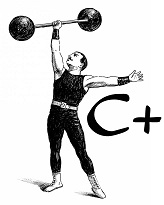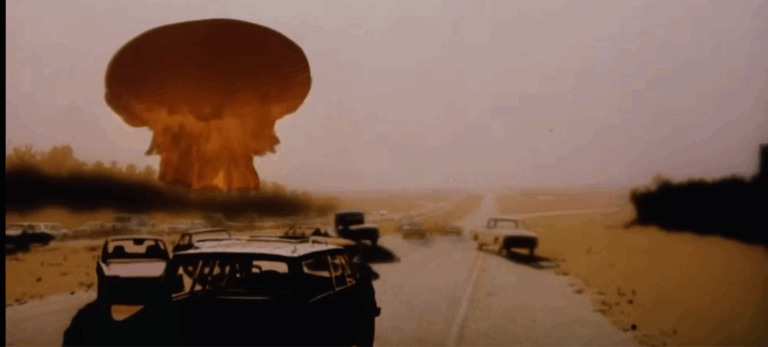“The Day After” is considered one of the best made-for-tv movies of all time. Premiering November 20, 1983, on ABC, “The Day After” deals with the ever-present threat of a nuclear attack during the peak of the Cold War.
While the concept may be foreign to those of us under a certain age, “The Day After” depicts the ripe tension and grisly aftermath of a nuclear battle should one occur.
Nielsen rates that more than 100 million people watched the film when it first aired, grabbing a 62% share of the viewing audience. The initial broadcast was the seventh highest-rated non-sports show to that point, and was even broadcast on Soviet state television in 1987.
Everyday Life Goes Boom!
“The Day After” takes place on a random day in 1983, in and around various parts of Kansas City, MO. It is a large ensemble cast, and shots cut around to normal life. Dr. Russell Oakes (Jason Robards) is lamenting the recent news that his daughter (an adorable Kyle Aletter) will be relocating out of state. The character of Dr. Oakes is one of the primary focal points throughout the narrative.
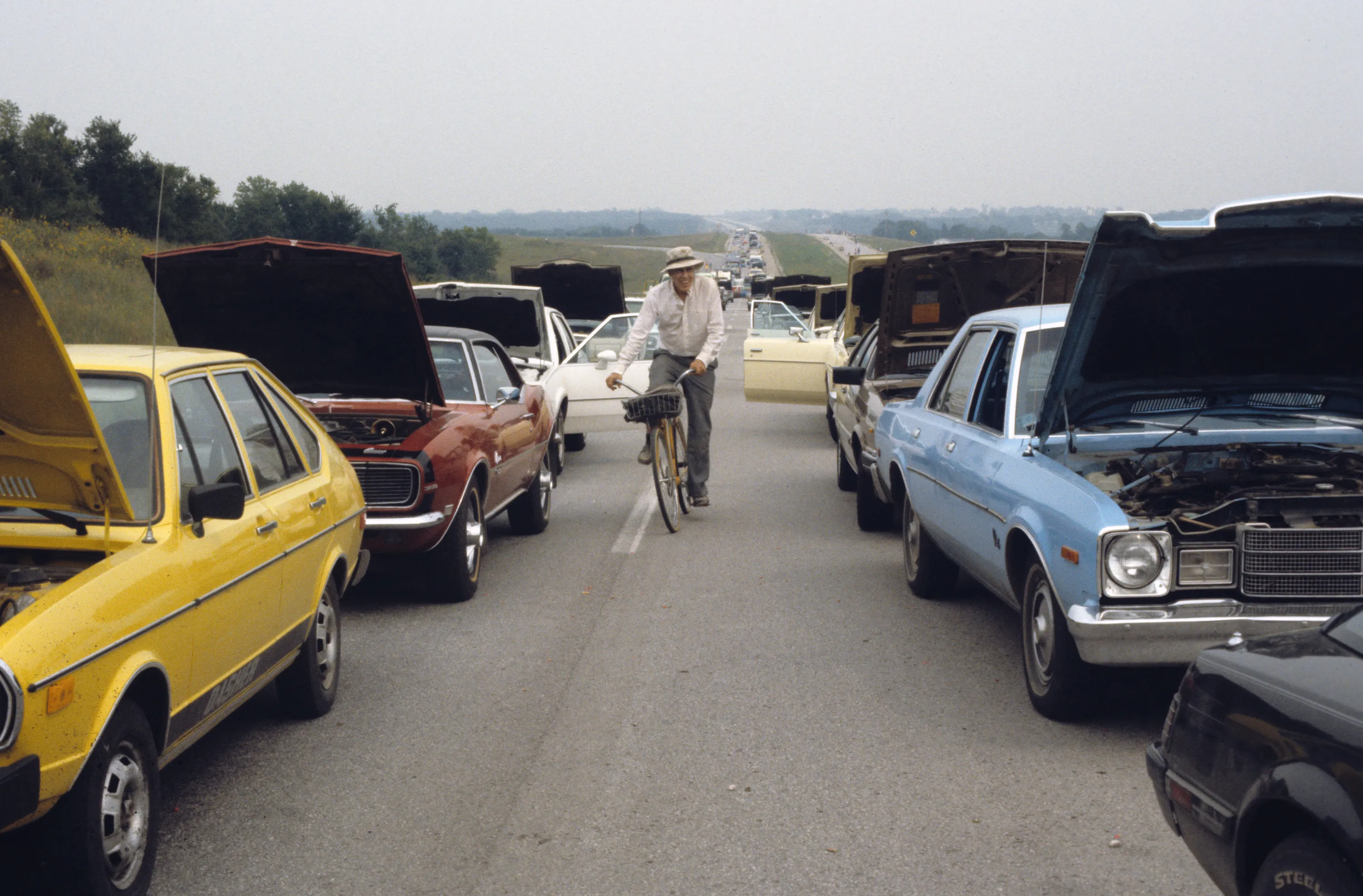
We see other recognizable faces amidst the cast. JoBeth Williams (Poltergeist), Steve Guttenberg (Police Academy), and John Lithgow (Lots of Stuff) lend support.
TV with a Bang
The production value of “The Day After” is noticeably high. The way the film opens feels like a modern video of archival footage. It adds to the verisimilitude that what we are watching isn’t fiction. We see sweeping aerials of the Kansas City skyline, vast farmlands, and the stadiums where the Royas and Chiefs play.
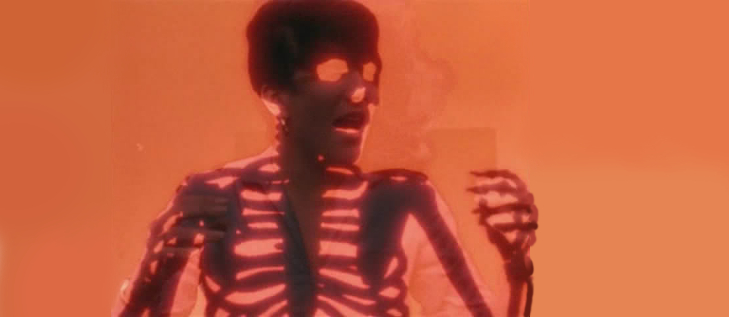
What hits home is how normal life can change in an instant. From a young couple is planning a wedding to a group of soldiers on an airbase. It’s a typical morning until the radio and TV news beginning ramping up talk of a brewing conflict taking place in East Germany.
I have read that the depiction of the nuclear strike and its aftermath is one of the most realistic to occur on screen. The carnage from the sequence is like something from the darkest of horror films. Effects and makeup are limited and of course, that makes them so impactful.
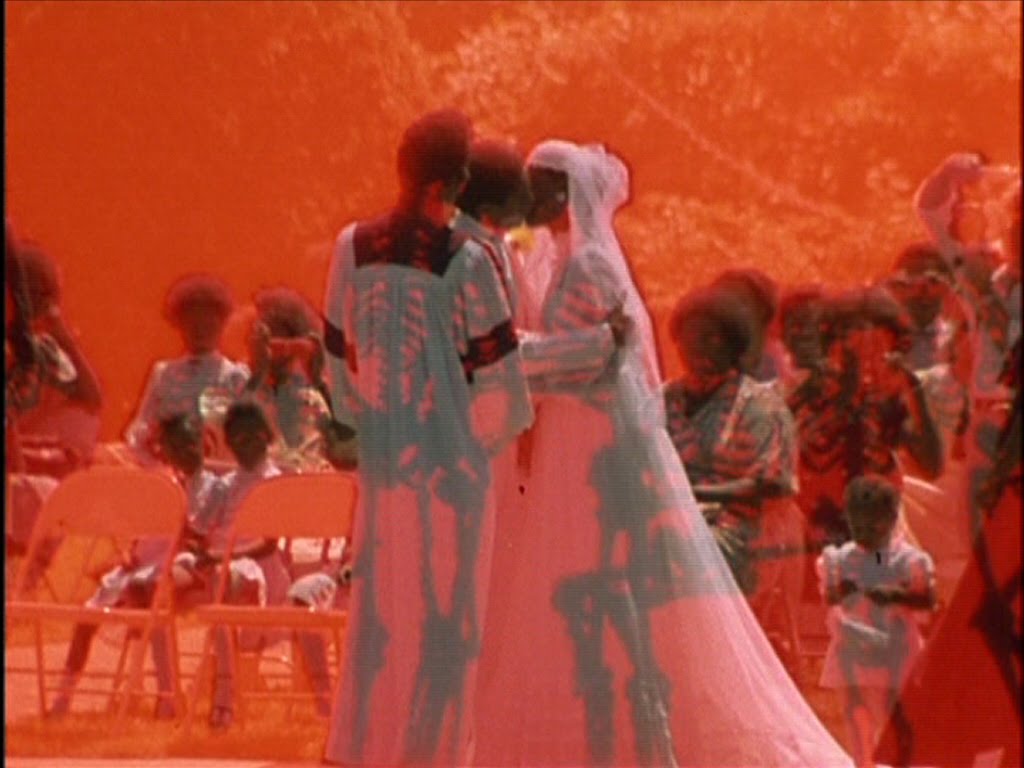
The film clocks in at 126 minutes. It’s a slow burn (no pun intended) and would have been better off if trimmed a touch. It does get a bit sloggy in the second act, but that’s to be expected from something airing on primetime television.
As a student of decadeology and an avid modern historian, “The Day After” is revered for its importance. Not just for 1983, but today.
